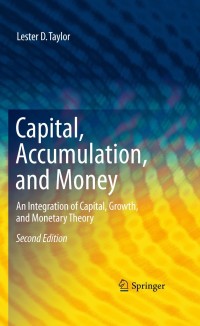Question
Please complete the following two applied problems. Show all your calculations and explain your results. Problem 1: A generous university benefactor has agreed to donate
Please complete the following two applied problems. Show all your calculations and explain your results. Problem 1: A generous university benefactor has agreed to donate a large amount of money for student scholarships. The money can be provided in one lump sum of $12 million in Year 0 (the current year), or in parts, in which $7 million can be provided at the end of Year 1, and another $7 million can be provided at the end of Year 2. Describe your answer for each item below in complete sentences, whenever it is necessary. Show all of your calculations and processes for the following points: a.Assuming the opportunity interest rate is 8%, what is the present value of the second alternative mentioned above? Which of the two alternatives should be chosen and why? b.How would your decision change if the opportunity interest rate is 12%? c.Provide a description of a scenario where this kind of decision between two types of payment streams applies in the real-world business setting.
Problem 2: The San Diego LLC is considering a three-year project, Project A, involving an initial investment of $80 million and the following cash inflows and probabilities: Year 0 Year 1 Year 2 Year 3 Probability Cash Flow ($ mil.) Probability Cash Flow ($mil.) Probability Cash Flow ($ mil.) 0.2 50 0.1 60 0.3 70 0.3 40 0.2 50 0.4 60 0.4 30 0.3 40 0.1 50 0.1 20 0.4 30 0.2 40 Initial Investment $80 mil. Discount Rate 8% Describe your answer for each question in complete sentences, whenever it is necessary. Show all of your calculations and processes for the following points:
a.Describe and calculate Project As expected net present value (ENPV) and standard deviation (SD), assuming the discount rate (or risk-free interest rate) to be 8%. What is the decision rule in terms of ENPV? What will be San Diego LLCs decision regarding this project? Describe your answer.
b.The company is also considering another three-year project, Project B, which has an ENPV of $32 million and standard deviation of $10.5 million. Project A and B are mutually exclusive. Which of the two projects would you prefer if you do not consider the risk factor? Explain.
c.Describe the coefficient of variation (CV) and the standard deviation (SD) in connection with risk attitudes and decision making. If you now also consider your risk-aversion attitude, as the CEO of the San Diego LLC will you make a different decision between Project A and Project B? Why or why not?
ONLY ANSWER PROBLEM #2
Step by Step Solution
There are 3 Steps involved in it
Step: 1

Get Instant Access to Expert-Tailored Solutions
See step-by-step solutions with expert insights and AI powered tools for academic success
Step: 2

Step: 3

Ace Your Homework with AI
Get the answers you need in no time with our AI-driven, step-by-step assistance
Get Started


